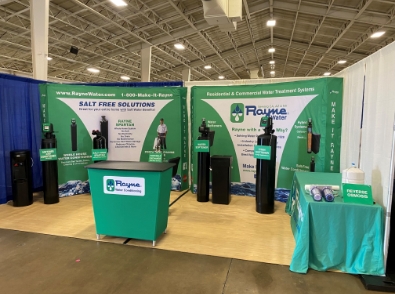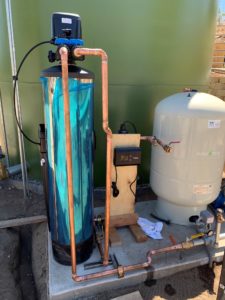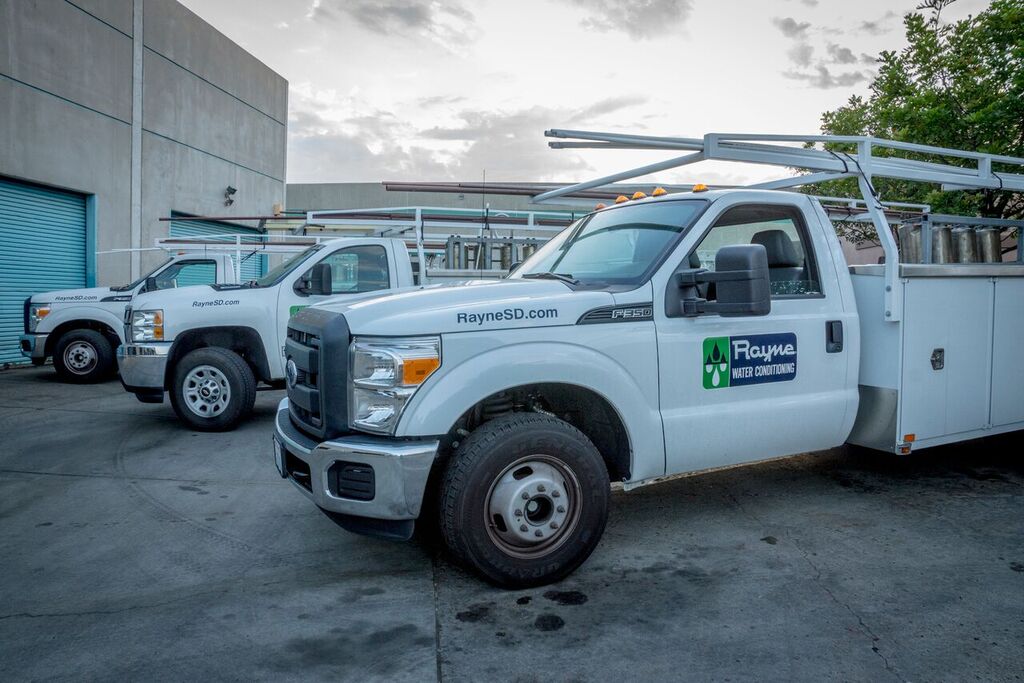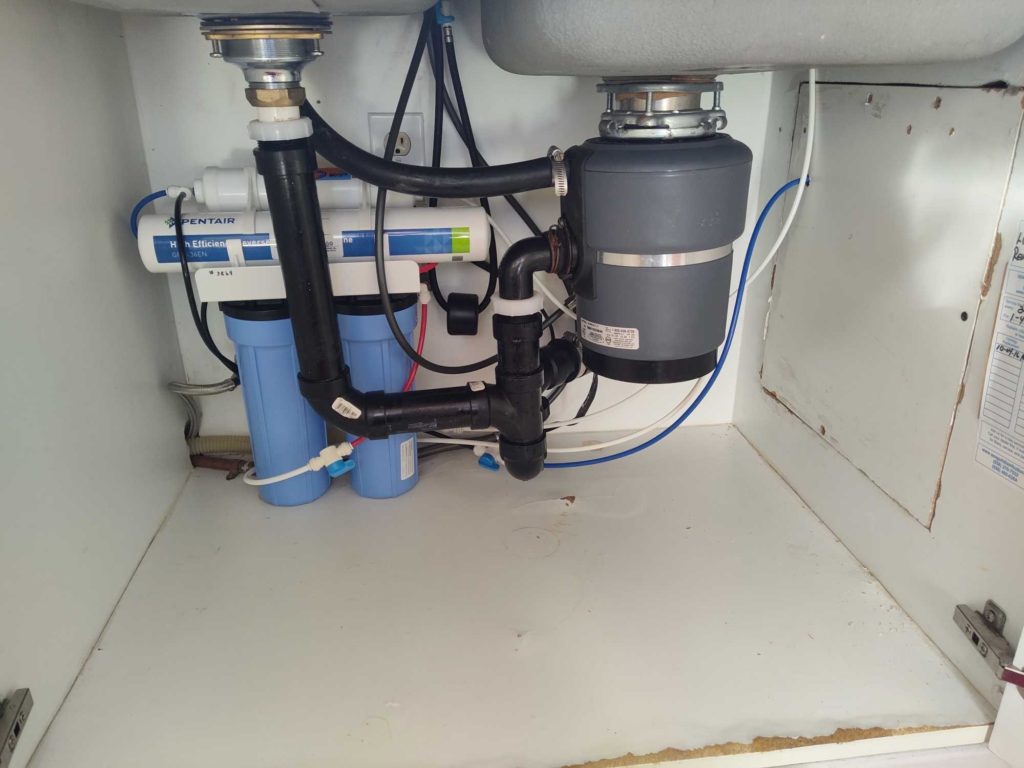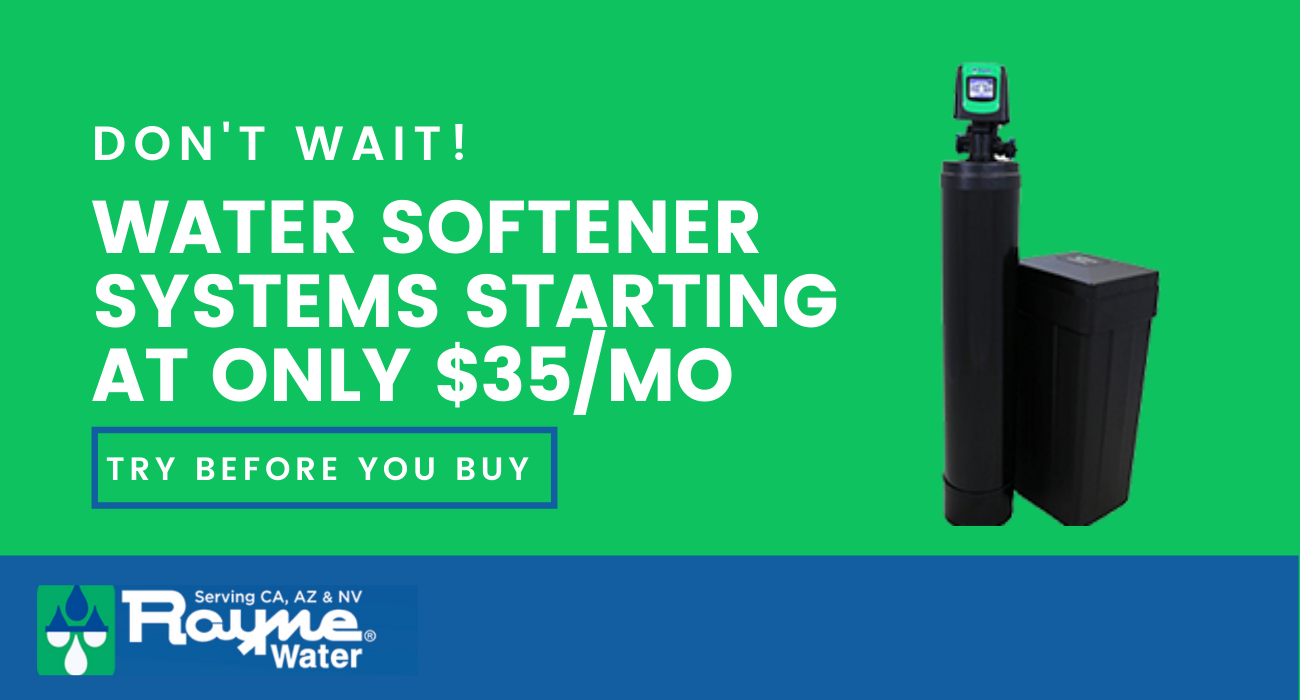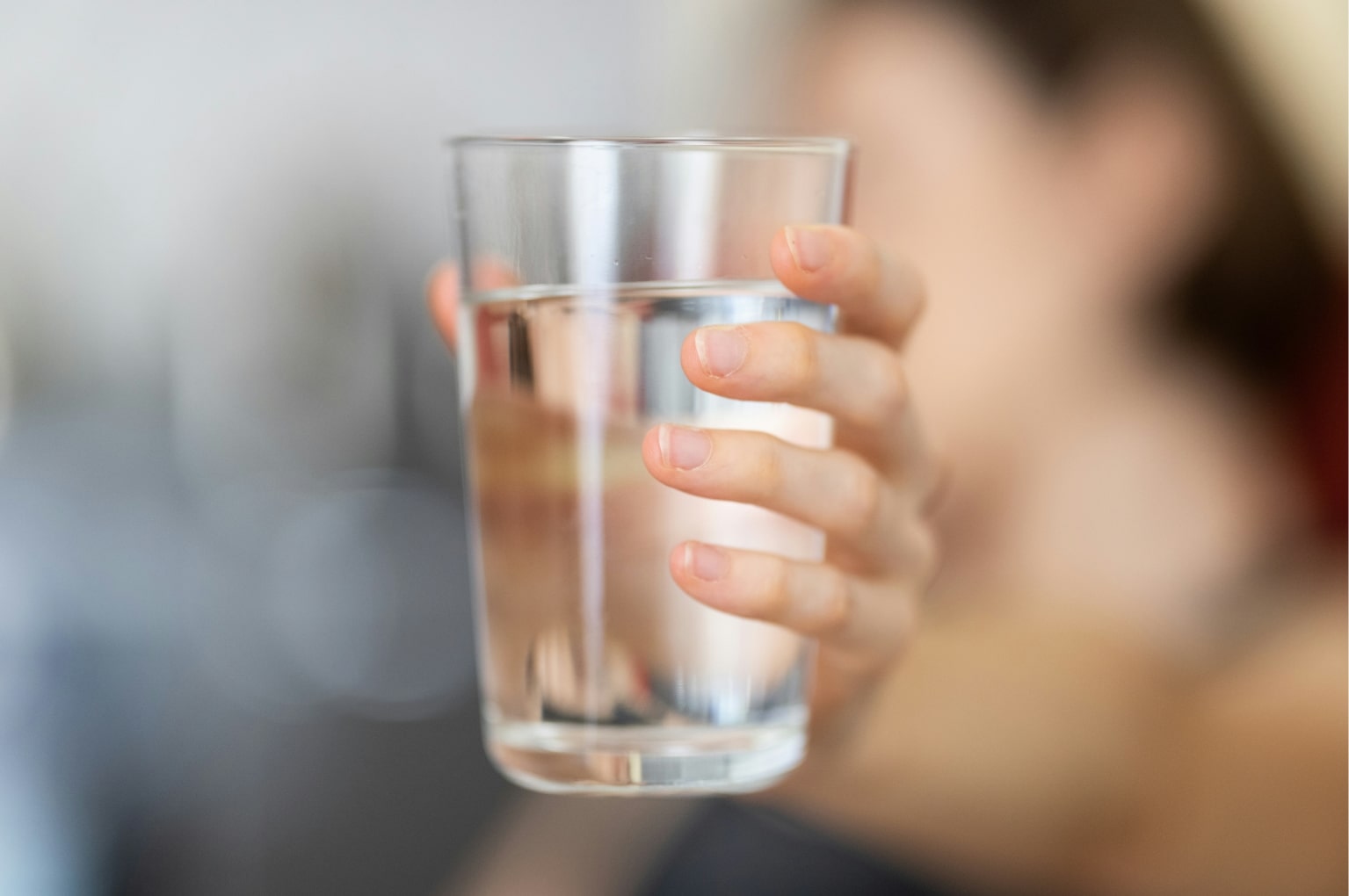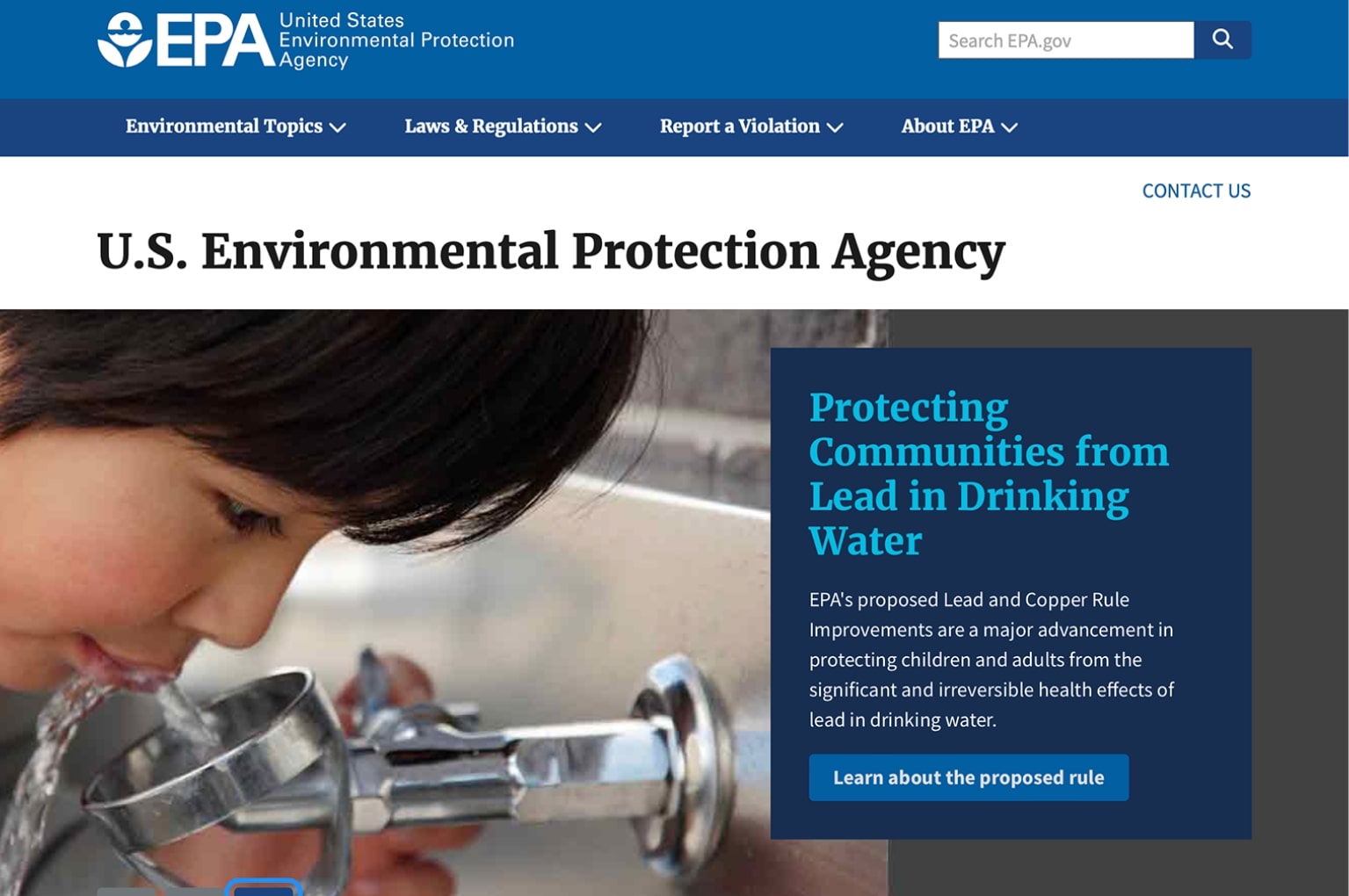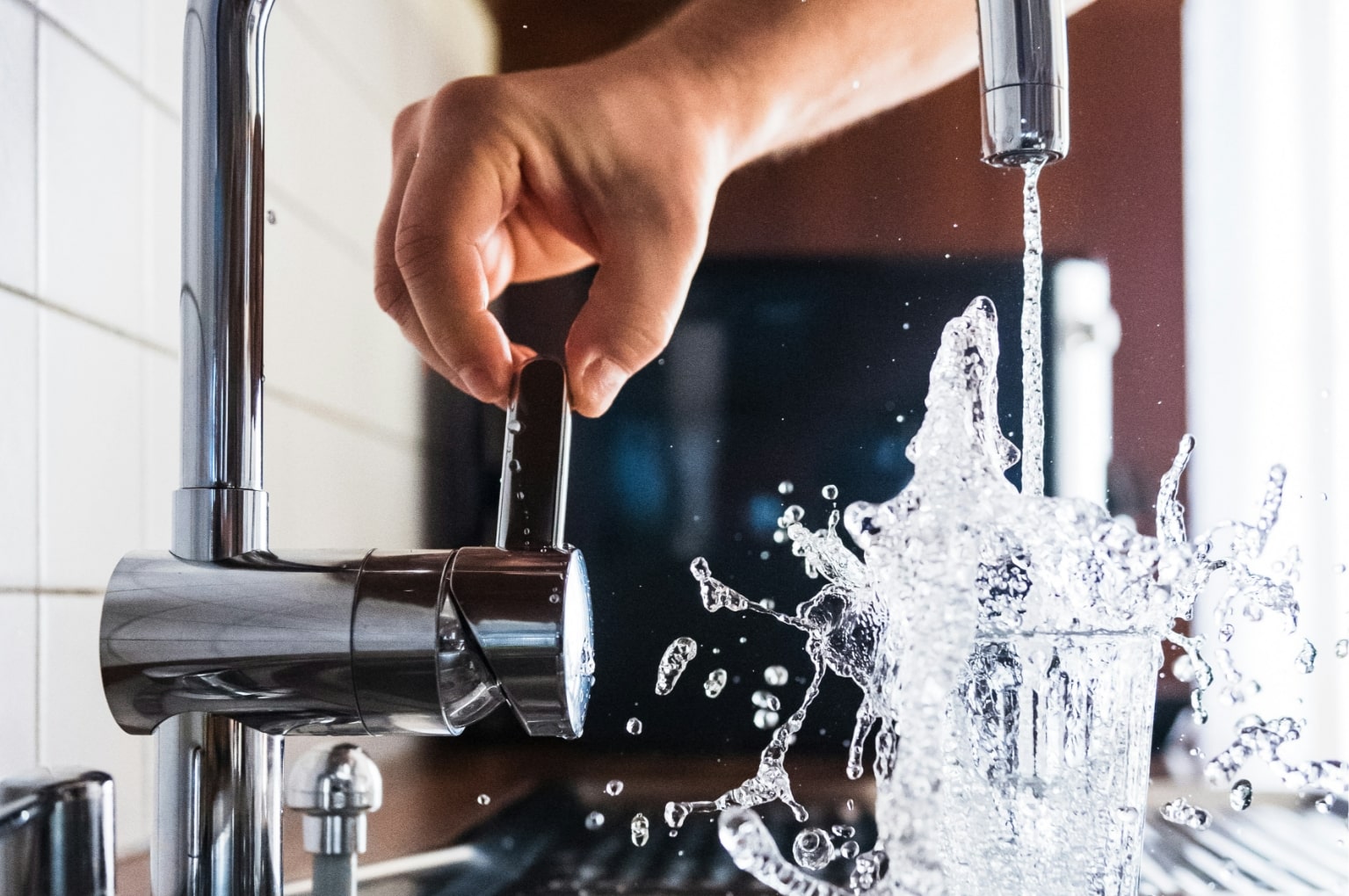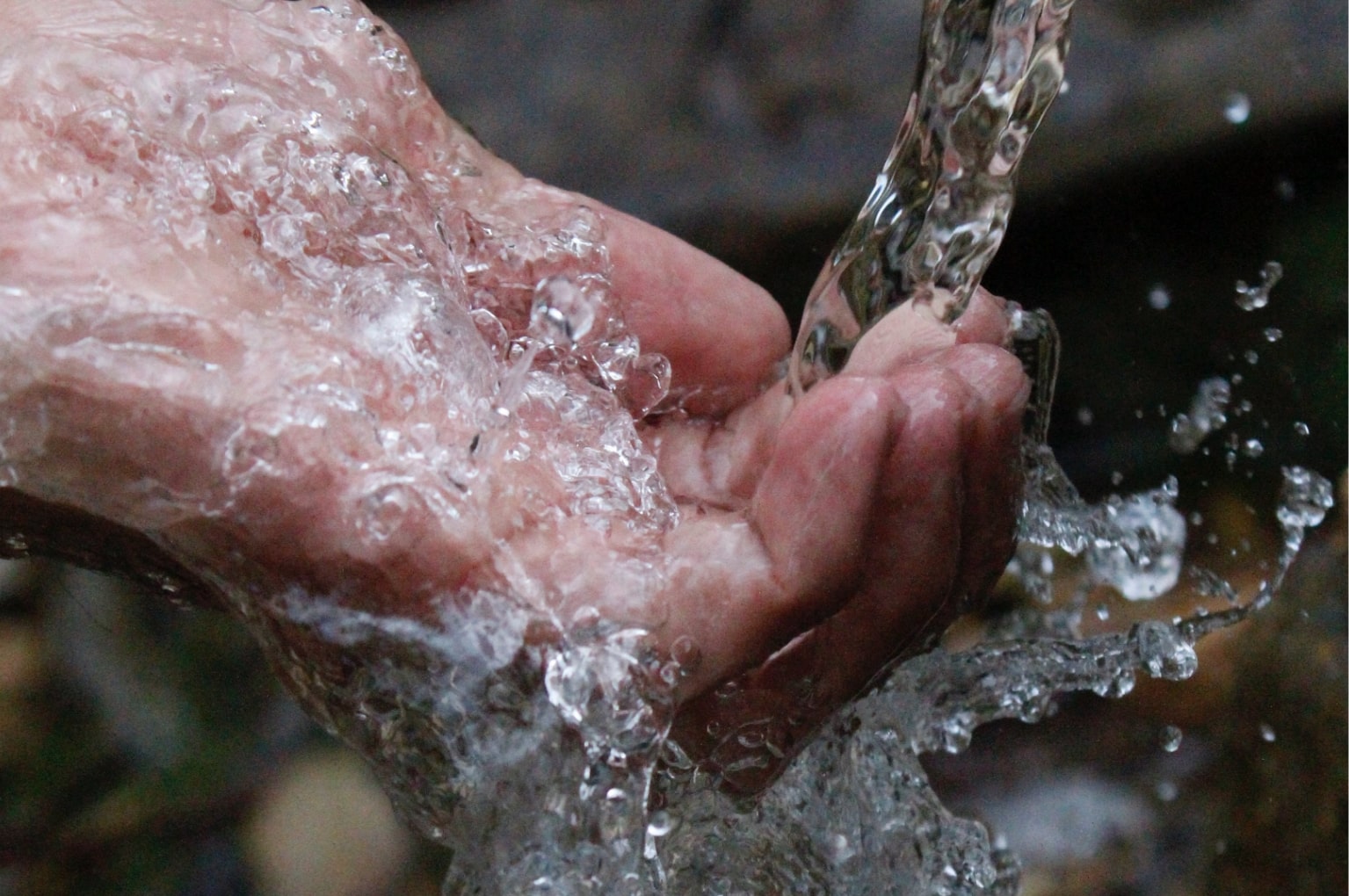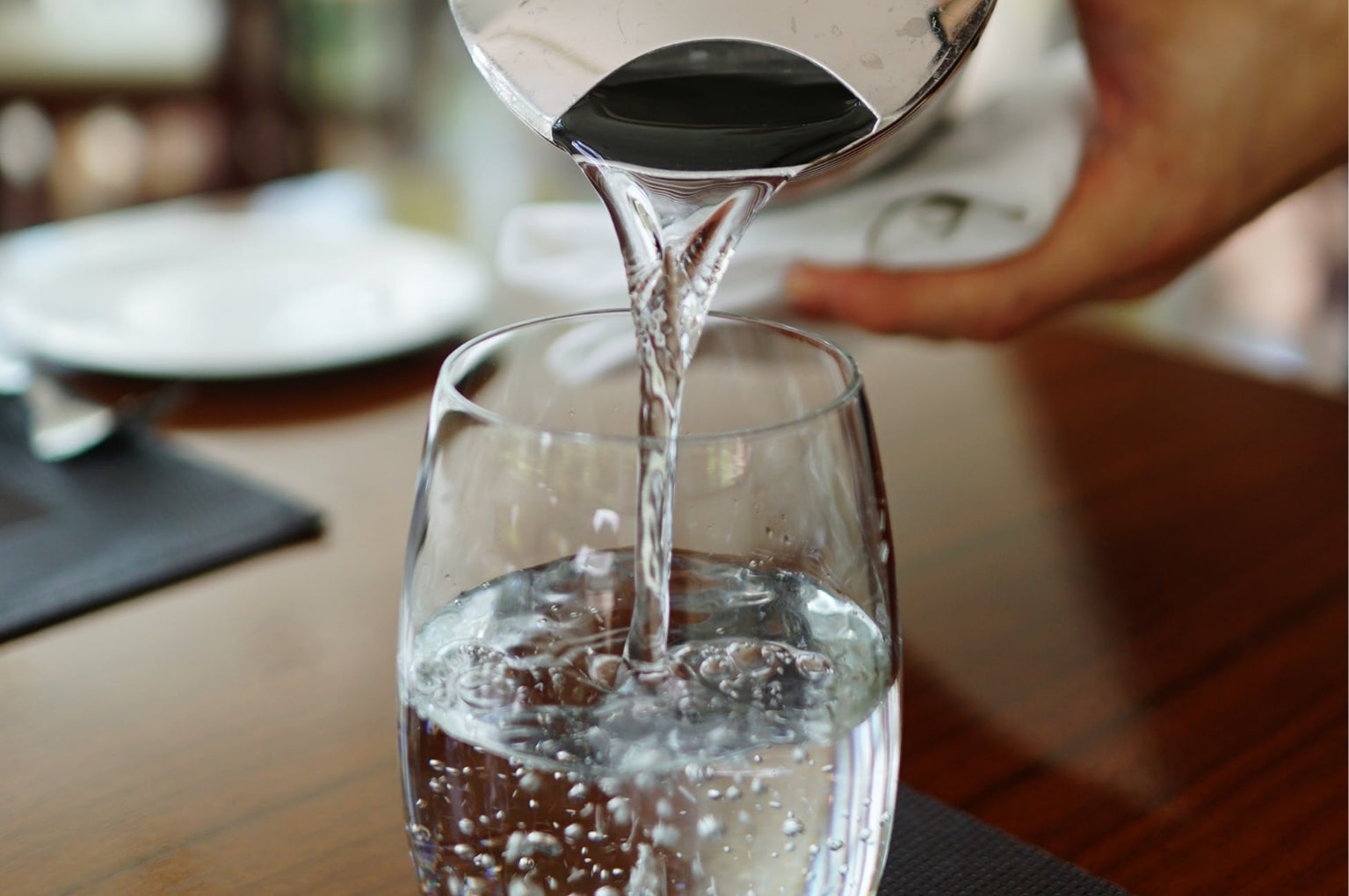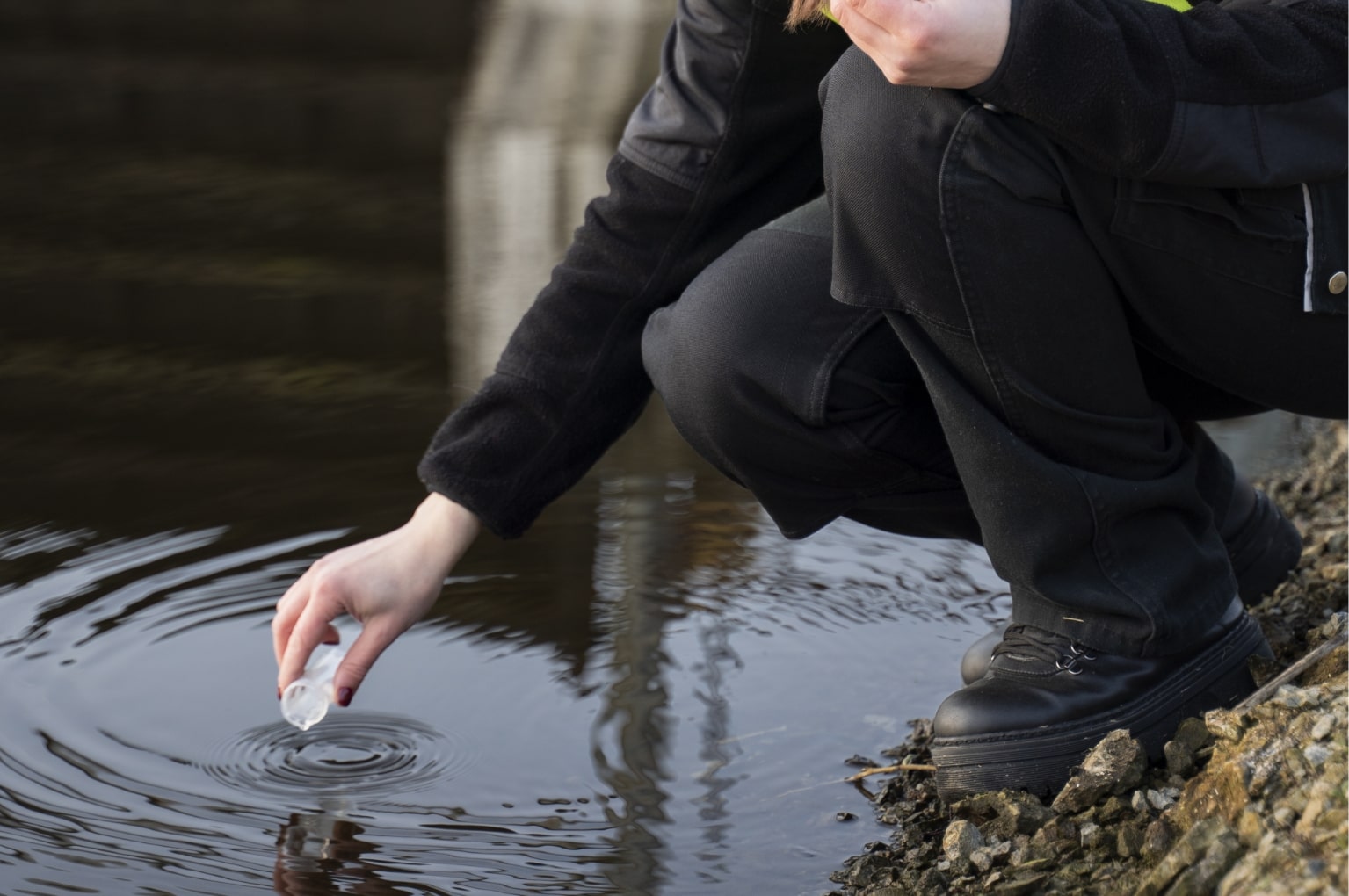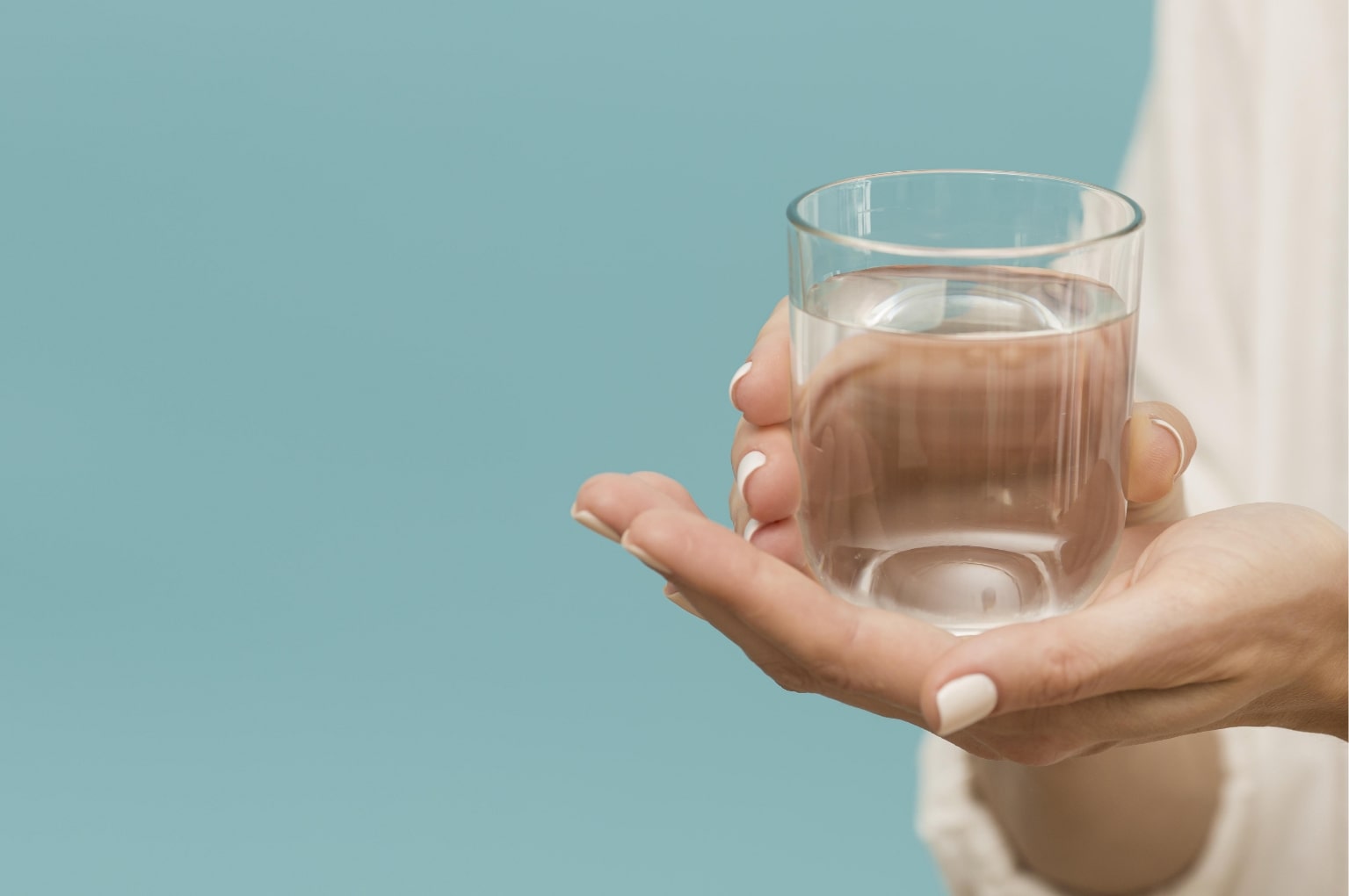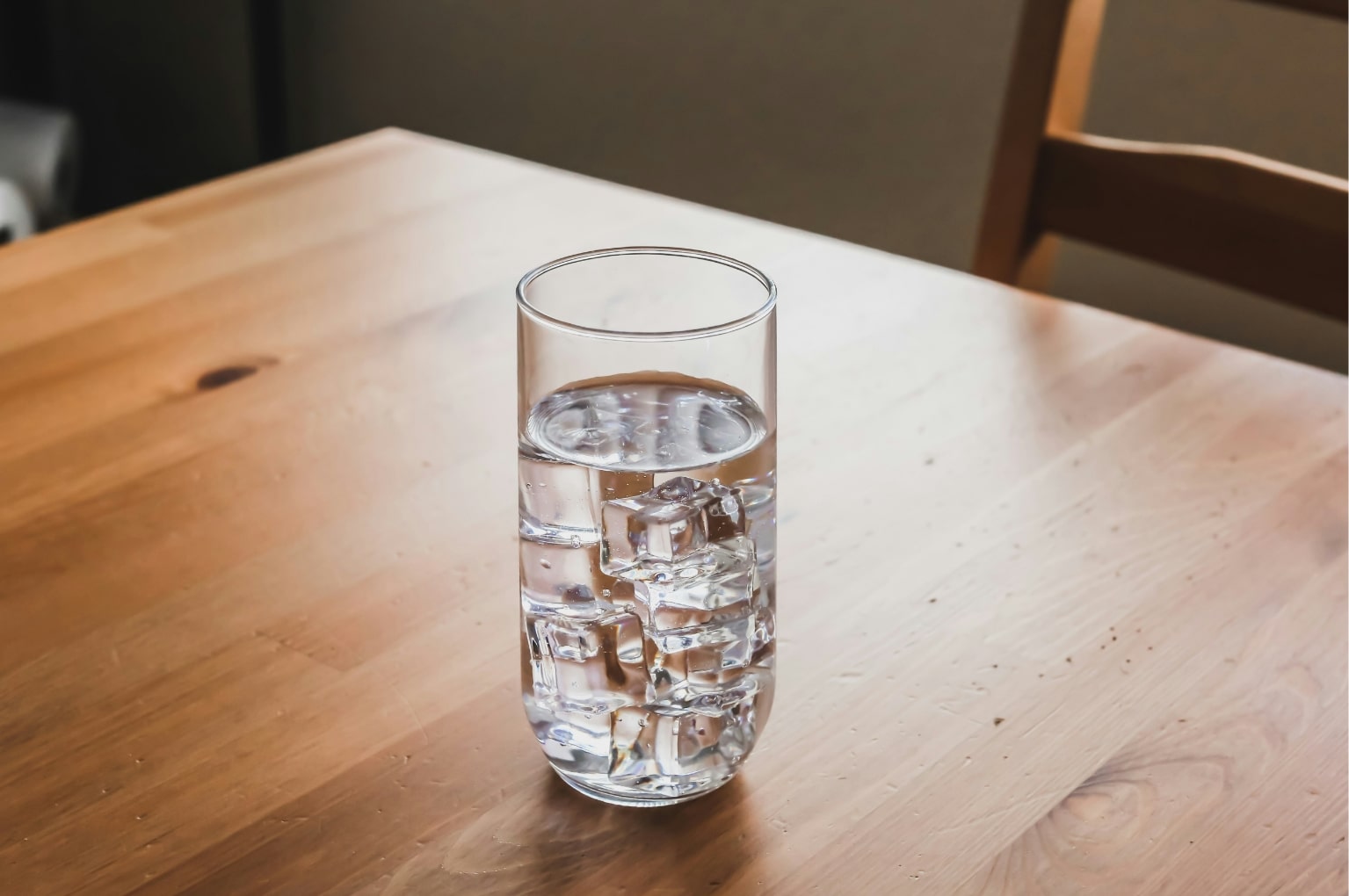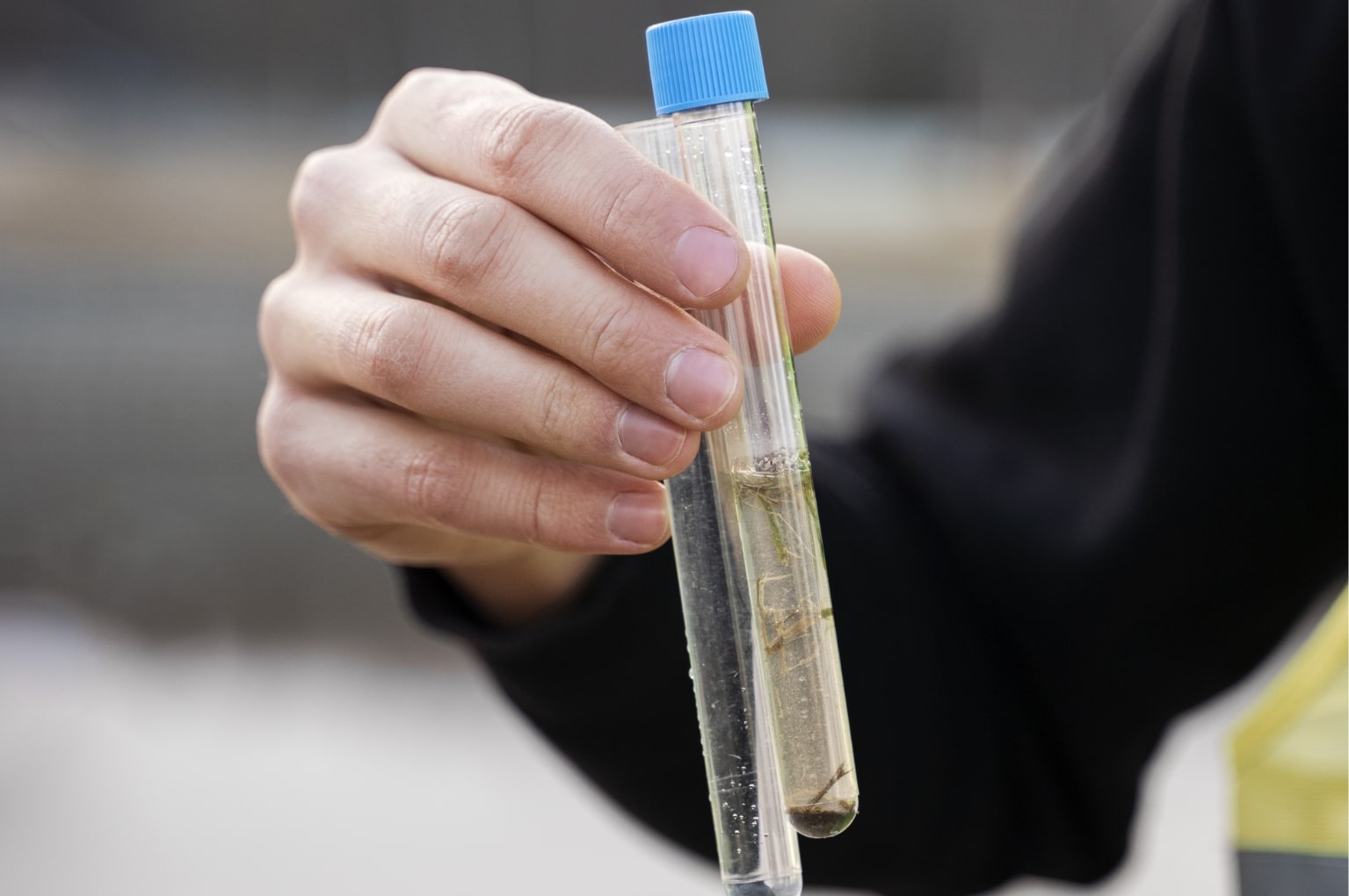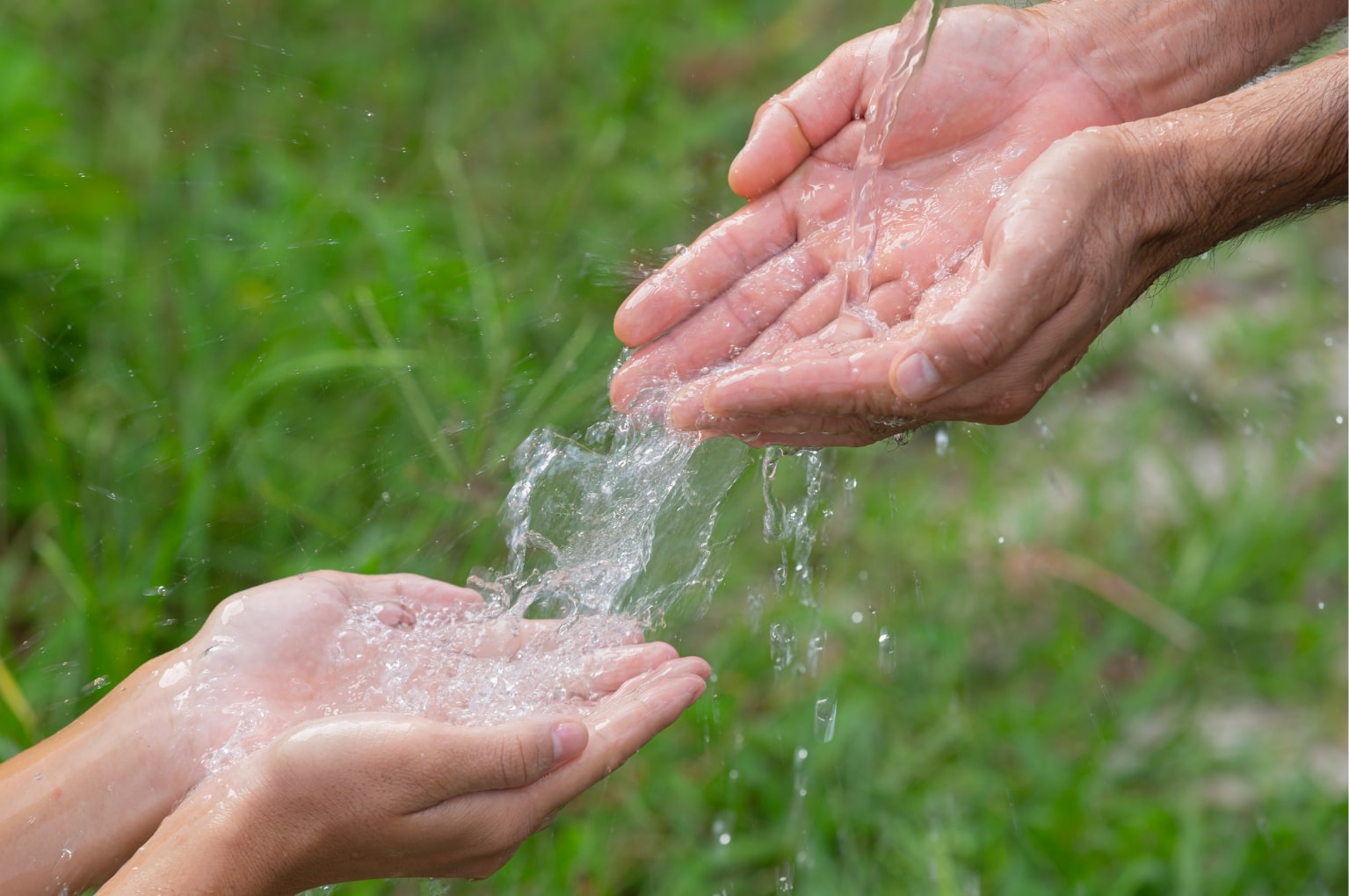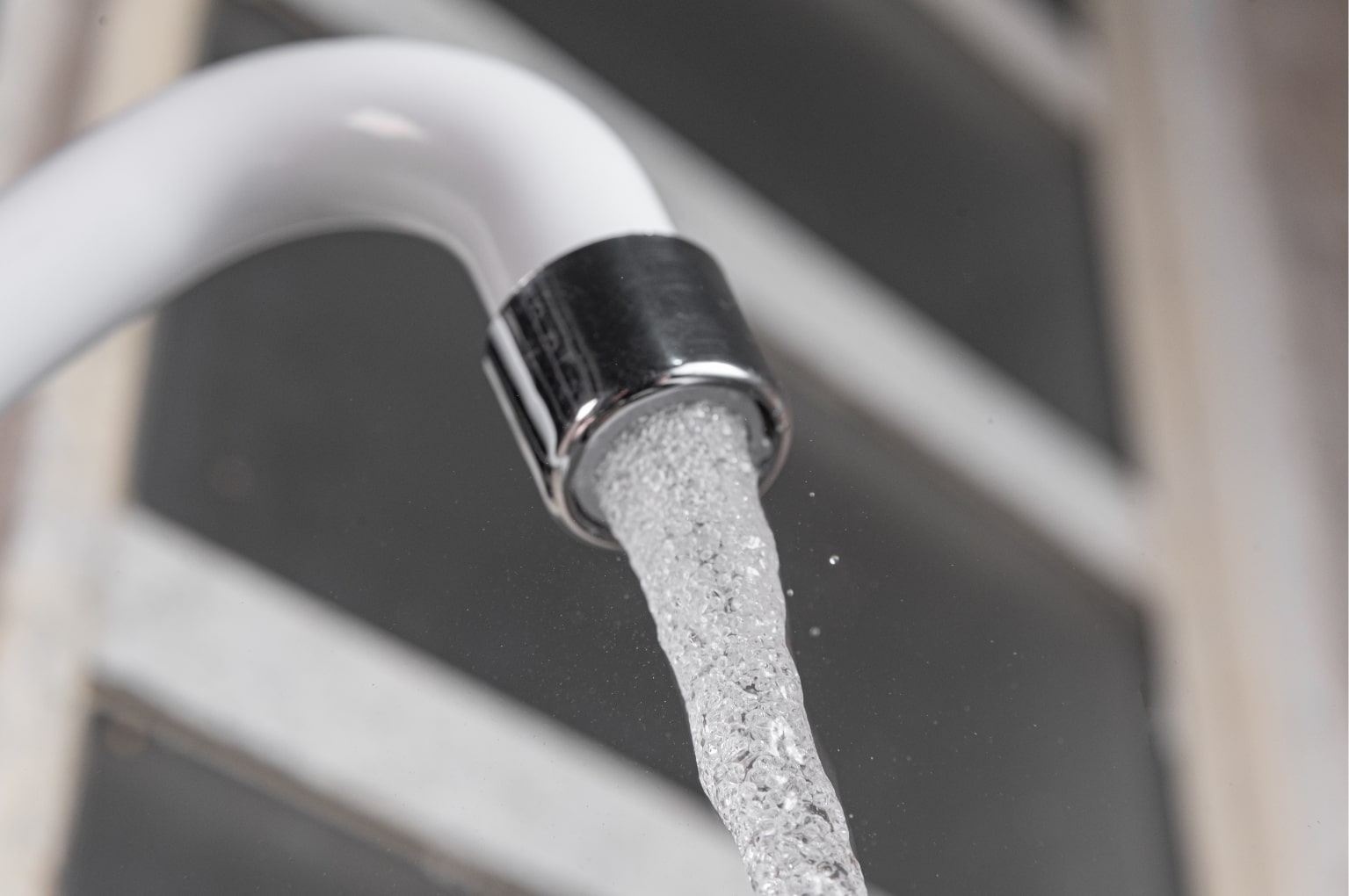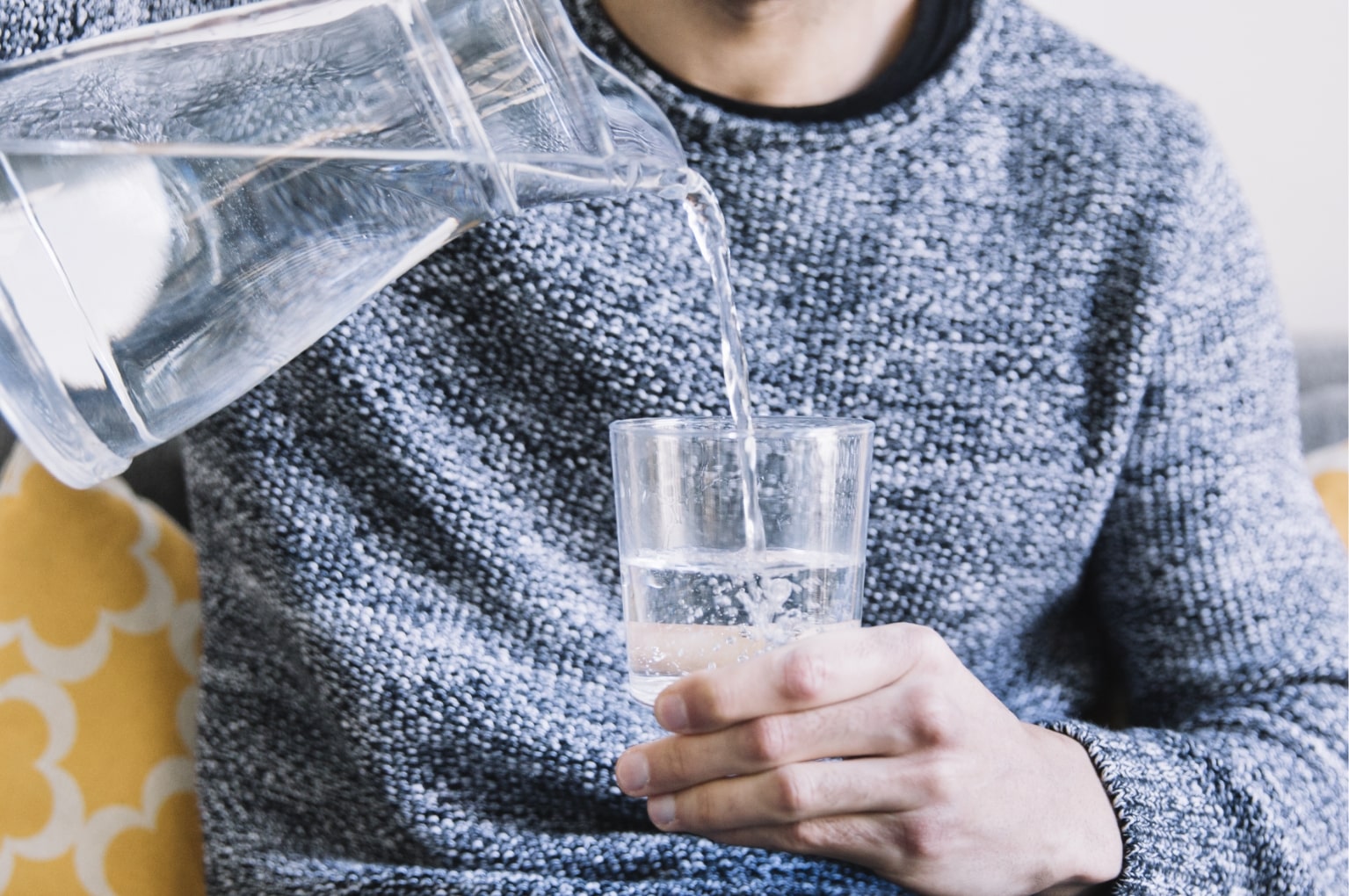For business owners looking to improve their water quality, the cost of a water treatment system can be daunting — but it doesn’t have to be. In fact, businesses without the right system risk falling behind competitors on financial and environmental goals.
Water treatment systems are becoming increasingly important in commercial settings due to the need for businesses to keep their operating costs low and reduce the impact of water-related expenses on their overall financial bottom line. With that in mind, it is essential for business owners to understand the different types of commercial treatment systems and how they can use them to maximize cost savings.
This guide will provide an overview of the costs associated with different types of commercial water treatment, and cover the unique ways different industries spend on water filtration.
The Cost of Commercial Water Treatment Systems
A wide variety of systems are available for any kind of commercial requirement:
Ultraviolet (UV) sterilizers
UV sterilizers use ultraviolet light to kill bacteria and other microorganisms in the water supply. Your cost breakdown may be impacted by such factors as the system size and flow rate, the type of UV bulb employed, and maintenance costs arising from periodic bulb replacement. When measuring installation costs, consider the size, complexity, and location of the treatment system.
Reverse osmosis systems
Reverse osmosis systems force water through a semipermeable membrane to remove dissolved salts and other impurities from the supply.
Most cost factors of a reverse osmosis system are expected; installation, size and complexity, and maintenance. For example, RO filters and cartridges should be professionally replaced every twelve months — this should be accounted for in your cost projections.
Softening systems
Softening systems use salt to filter out dissolved minerals from the water, making it softer and easier to use. These systems range significantly in price. Water softening can take on many forms, including salt-free, magnetic, or ion-exchange systems — more on those later. The type and quality of the system selected will have an impact on costs.
Activated carbon filters
Activated carbon filters remove chemicals, odors, and other impurities from the water. Part of the ongoing cost of an activated carbon filtration system includes replacement carbon filters, cleaning, and backwashing.
Distillation systems
Distillation systems use heat to evaporate water, leaving behind contaminants and other impurities. Upfront costs may be especially influenced by the quality of the still, heating element, and condenser.
Ion exchange systems
These systems use an ion exchange process to remove dissolved minerals and other impurities from the water. (They fall into the water-softening category). The most impactful cost buckets are likely to be the ion-exchange resin and control valves, the former of which will require periodic replacement.
While those costs may seem steep, there are several long-term advantages to equipping your business with a commercial water treatment system:
- Reduces water consumption: A water filtering system can help a business reduce its overall water consumption by removing contaminants that can cause damage to plumbing fixtures and appliances, and by reducing the need for frequent repairs and replacements.
- Increases water efficiency: By filtering and purifying water, a water filtration system can improve water efficiency and reduce the amount of water wasted due to leaks, drips, and other problems.
- Lowers energy costs: By reducing the need for hot water and other forms of energy, a water filtering system can lower a business’s overall energy costs and reduce its carbon footprint.
- Improves equipment performance: By removing impurities and contaminants from the water supply, water filtration systems can improve the performance and longevity of equipment and appliances, reducing the need for repairs and replacements.
- Increases product quality: For businesses that rely on water for manufacturing or processing, a water filtering system can help improve the quality and consistency of the final product.
- Enhances customer satisfaction: By providing clean, safe, and high-quality water, water filtration systems can enhance customer satisfaction and help a business build a positive reputation.
- Reduces liability risks: By removing contaminants that cause health problems, a water filtering system can help a business reduce liability risks and protect its customers and employees.
Factors Affecting the Cost of Commercial Water Treatment Systems
While specific costs may vary, some factors play into the pricing of nearly every kind of water treatment system:
- Size: The size of the system needed is a major cost factor. Larger systems generally cost more than smaller ones, requiring larger tanks and pumps designed to handle larger volumes of water.
- Installation: Installation costs depend on the type of system you are installing, who installs it (DIY or professional), and the complexity of the task.
- Maintenance: The type of system, the frequency of maintenance needed, and the cost of replacement parts all influence maintenance costs. For example, a reverse osmosis system needs periodic and professional membrane replacements.
- Location: The location of your business can impact installation and maintenance costs — for example, in rural areas where professional services may be limited or more expensive.
- Energy use: Some systems may require more energy to operate, increasing operational costs.
Manufacturing is far from the only sector that needs industrial water treatment. Let’s look at how water filtration differs between industries and settings:
- Agriculture and farming: Water for agricultural and farming purposes needs to be free of impurities and contaminants that can affect crop yields, plants, animals, and equipment. A multi-step filtration system is recommended, with metal screen filters serving as the most popular method.
- Restaurants: The cost of a system depends on the type of filtration needed and the size of the restaurant.
- Meanwhile, a multi-stage reverse osmosis system for a larger restaurant (similar to a whole-house system) could cost up to $5,000 or more.
- Educational facilities: Water treatment systems in educational facilities are used to provide safe drinking water to students and staff. Depending on the type of filtration needed, typically an RO system, costs can vary greatly.
How Rayne Water Solutions Help Your Business Thrive
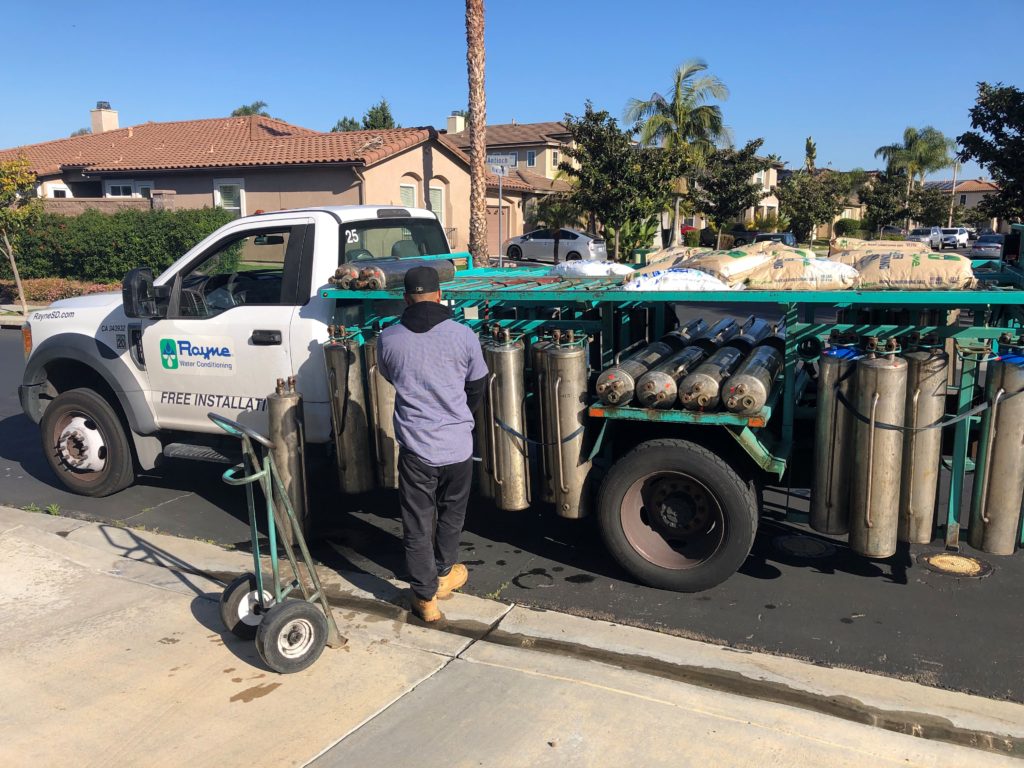
Rayne Water provides commercial water treatment systems that use advanced filtration and softening technologies to remove contaminants and minerals from your water supply, resulting in clean, safe, and soft water for your business.
Rayne Water’s systems can be tailored to meet the specific needs of any commercial application, ensuring that you get the best possible results. Their products are designed to be efficient and cost-effective, making them an excellent choice for businesses looking for reliable water treatment solutions.
The right water treatment solutions can:
- Save thousands of dollars over the lifetime of the system.
- Reduce your energy consumption and shave your bills.
- Prevent contaminated water from releasing into the environment.
- Improve your public image by providing clean and safe water to customers and employees.
- Save you time on maintenance with automated systems.
We know that choosing the right commercial water filtration system can be a daunting process, so let Rayne Water help you find the right solution for your business. With our years of experience in design, installation, and ongoing maintenance, you can ensure that your water treatment system will be up and running with minimal downtime. So contact Rayne Water today to get started!
Enjoy Safer Water and Better Margins Today
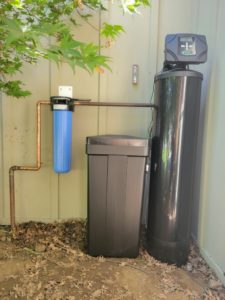
Let’s recap some of the key takeaways from this guide:
- Installation and maintenance costs can vary depending on the type of system you choose, who installs it (DIY or professional), and the complexity of the task.
- Different industries often have different water treatment needs, resulting in varying installation and maintenance costs.
- Rayne Water provides tailored commercial water treatment systems that are efficient and cost-effective, saving you time, energy, and money in the long run.
Finding the right commercial water treatment system can be a time-consuming process. But with Rayne Water by your side, you can rest assured that you’re getting the best possible solution for your business needs. Reach out to us today to get started!
And as always, be mindful of how important it is to keep your water clean, safe, and healthy — your friends, family, and employees will thank you!
Frequently Asked Questions
How much does a commercial water filtration system cost?
The cost of a commercial water filtration system will depend on the type/size of the system needed and who performs the installation. Costs can range greatly depending on application and needs.
What is the best commercial water filtration system?
The best commercial water filtration system for a business will depend on its needs and budget. For heavy-duty sectors like manufacturing, industrial water treatment costs will vary greatly. Filters (like a reverse osmosis system) that are more suited for commercial users have more predictable costs.

